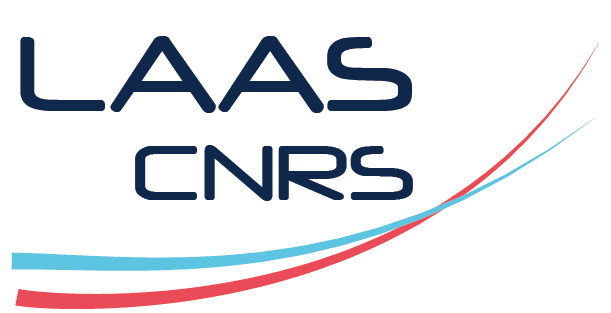Learning Geometric Reasoning Networks for Robot Task and Motion Planning
Résumé
Task and Motion Planning (TAMP) is a computationally challenging robotics
problem due to the tight coupling of discrete symbolic planning and continuous
geometric planning of robot motions. In particular, planning manipulation tasks
in complex 3D environments leads to a large number of costly geometric planner
queries to verify the feasibility of considered actions and plan their motions. To
address this issue, we propose Geometric Reasoning Networks (GRN), a graph
neural network (GNN)-based model for action and grasp feasibility prediction,
designed to significantly reduce the dependency on the geometric planner. More-
over, we introduce two key interpretability mechanisms: inverse kinematics (IK)
feasibility prediction and grasp obstruction (GO) estimation. These modules not
only improve feasibility predictions accuracy, but also explain why certain actions
or grasps are infeasible, thus allowing a more efficient search for a feasible solu-
tion. Through extensive experimental results, we show that our model outperforms
state-of-the-art methods, while maintaining generalizability to more complex en-
vironments, diverse object shapes, multi-robot settings, and real-world robots.
| Origine | Fichiers produits par l'(les) auteur(s) |
|---|

